Are you ready to shake things up in your middle school classroom? We’ve got an exciting lineup of earthquake activities that will help you do just that! Captivate your students and bring the fascinating world of seismic events to life by creating a dynamic learning environment where students can explore the science, causes, and effects of earthquakes. Let’s get started and discover some innovative ways to engage your middle schoolers in earthquake education!
1. Shake Table Challenge
Get your students to build their own shake tables using everyday materials like cardboard, rubber bands, and marbles. They can experiment with different structures, test their durability during simulated earthquakes, and observe the effects of seismic forces.
Learn More: YouTube
2. Seismic Pictionary

Combine the excitement of a classic game with earthquake knowledge! Divide your students into teams and give them seismic terms or concepts to draw. The challenge is to guess the earthquake-related word within a limited time. What a fun and engaging way to reinforce earthquake-related vocabulary and understanding!
Learn More: The Game Gal
3. Simulating Fault Lines
This interactive activity fosters visual learning and helps students grasp the mechanics behind earthquakes. Create fault lines using modeling clay or sand and demonstrate the movement of tectonic plates. Encourage students to explore the different types of plate boundaries and observe how earthquakes occur along these lines.
Learn More: YouTube
4. Engineering Earthquake-Resistant Structures
This activity provides a fantastic opportunity to discuss the importance of resilience and innovation in architecture. Task your students with designing and constructing structures that can withstand simulated earthquakes. Using materials like popsicle sticks, straws, and rubber bands, they’ll need to put their engineering skills to the test.
Learn More: QUT Education
5. Virtual Field Trip: Exploring Real Earthquakes
Take your students on a virtual journey to seismic hotspots around the world. Utilize online resources that offer interactive maps, videos, and real-time earthquake data. Through this exercise, students can explore earthquake-prone regions, examine case studies, and understand more about the global impact of seismic activity.
Learn More: YouTube
6. Earthquake Preparedness Plan
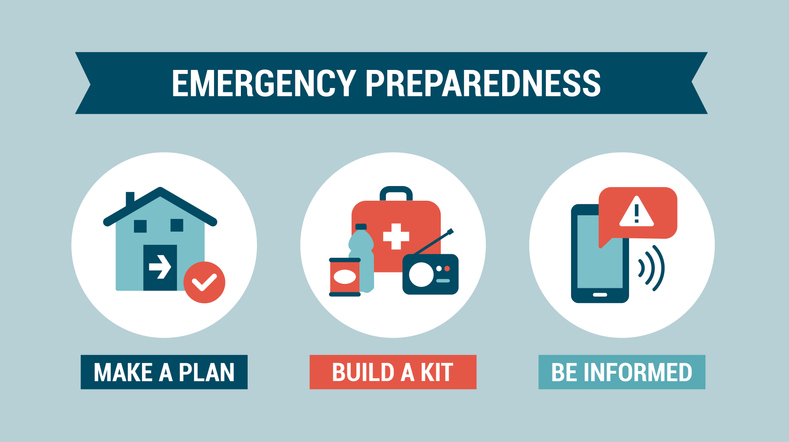
Engage your students in developing earthquake preparation plans for their homes, schools, or communities. Encourage them to research safety measures, evacuation procedures, and essential supplies.
Learn More: Quake Kare
7. Creative Writing: Earthquake Narratives
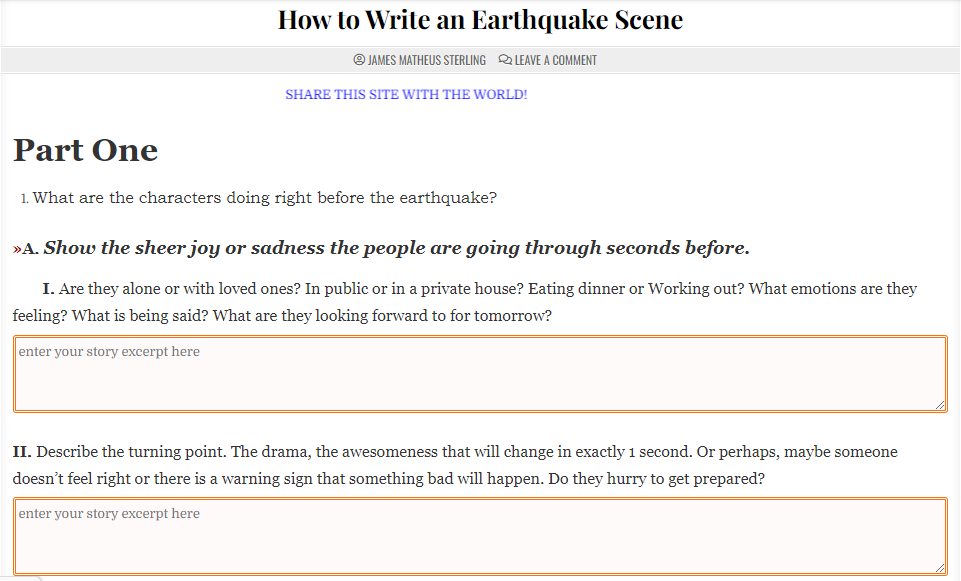
This activity encourages creative thinking and storytelling skills. Inspire your students’ imagination by assigning them to write fictional stories centered around earthquakes. They can explore different perspectives, such as a survivor, a scientist, or even an earthquake itself!
Learn More: Write That Scene
8. Shake and Tell: Personal Earthquake Experiences
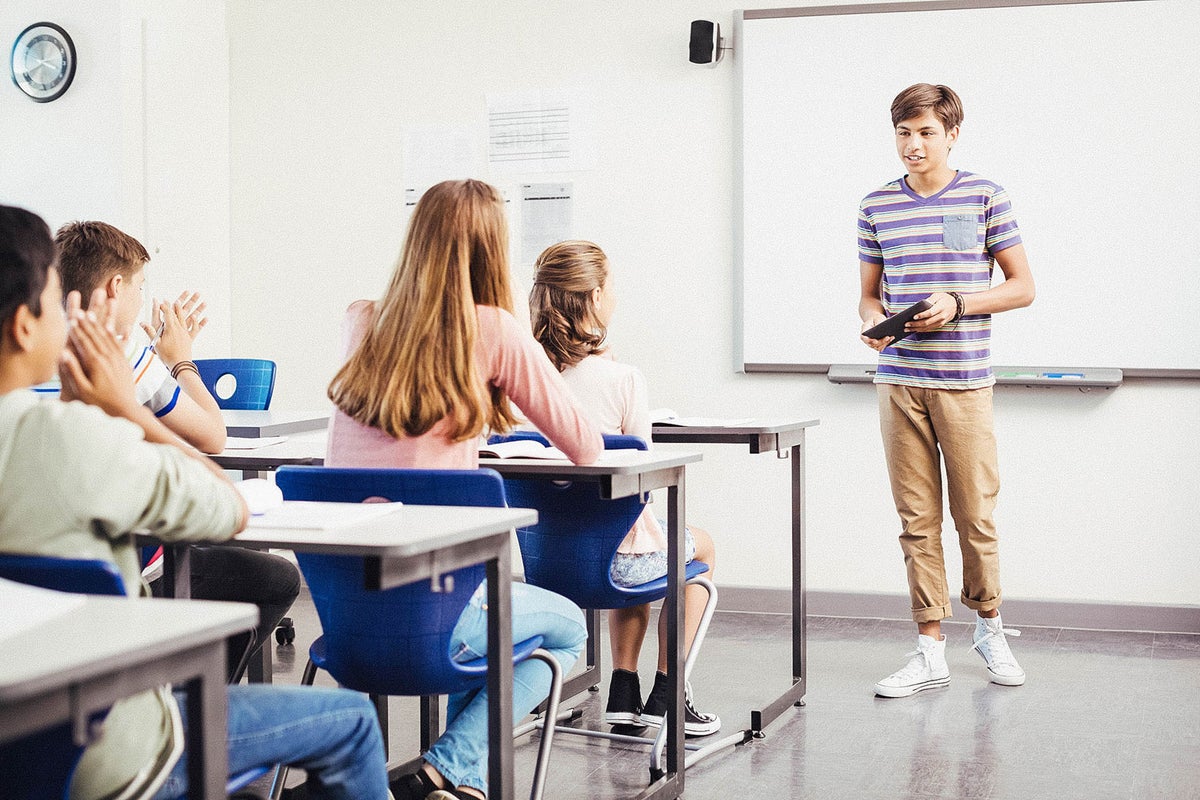
Invite students to share personal accounts of experiencing earthquakes or learning about seismic events. Encourage open discussions, active listening, and empathy. Engaging in these types of discussions helps students realize the impact of earthquakes on individuals and communities; fostering compassion and understanding.
Learn More: Shake Out
9. Seismograph Construction
Guide students in building simple seismographs using materials like paper cups, strings, and pencils. They’ll get to learn how these instruments measure and record seismic waves. Let them experiment by simulating earthquakes of varying intensities and analyzing the corresponding seismograph recordings.
Learn More: Science Buddies
10. Earthquake Safety Drill

Organize an earthquake safety drill where students can practice the “Drop, Cover, and Hold On” technique. Teach them how to react during an earthquake and the importance of finding safe spaces. This activity reinforces the importance of being prepared and equips students with life-saving skills.
Learn More: Shake Out
11. Multimedia Presentations
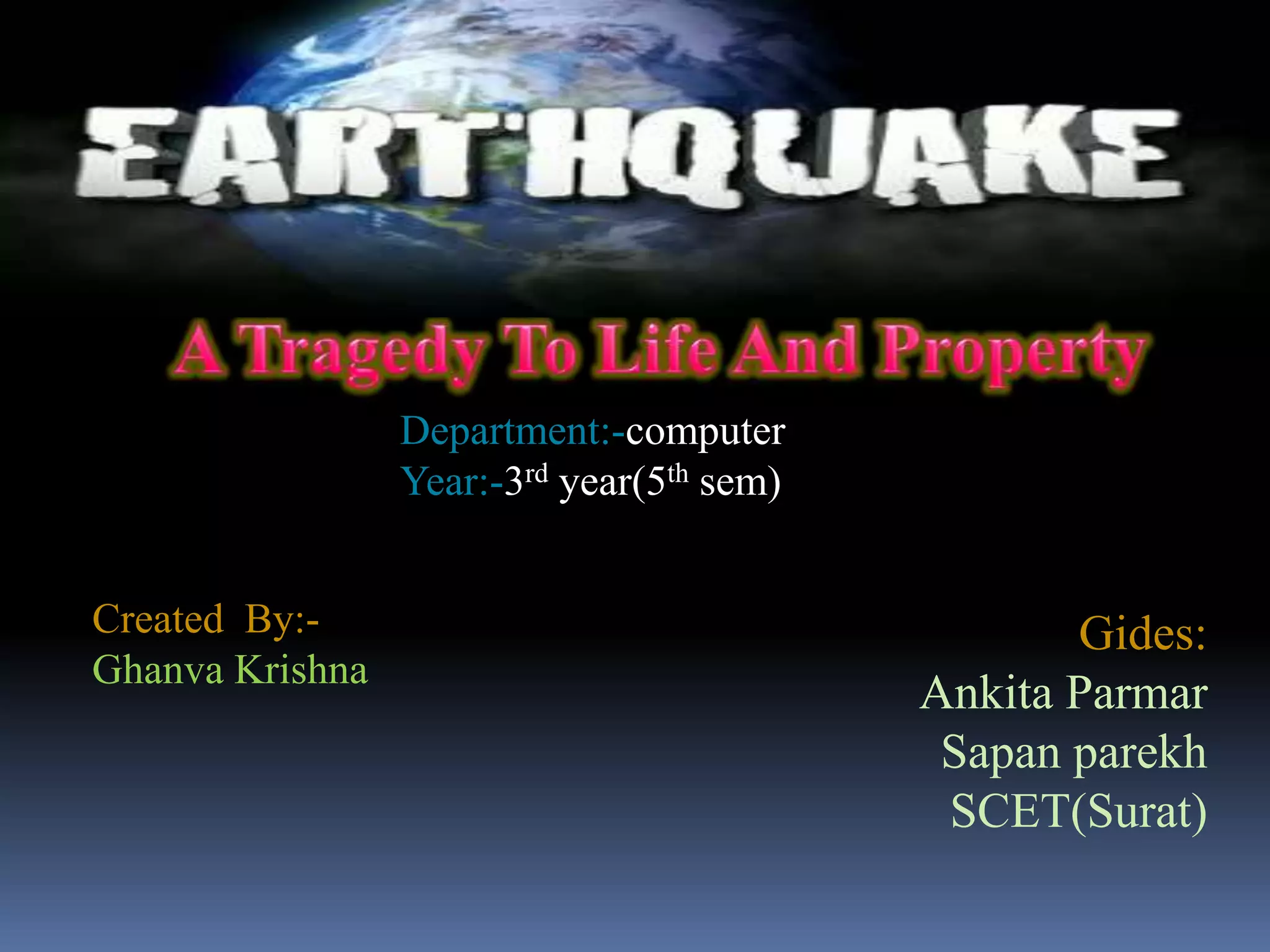
Task your students with creating multimedia presentations to showcase their research on famous earthquakes, seismic zones, or earthquake-related topics. They can use tools like slideshows, videos, or infographics to present their findings. By engaging your learners in this activity, you’re promoting information synthesis and enhancing their digital literacy skills.
Learn More: Slide Share
12. Debating Earthquake Preparedness Strategies

Divide your students into groups and assign them different earthquake preparation strategies or policies. Then, host a debate where they must present arguments supporting their assigned approach. This encourages critical thinking, research skills, and an understanding of various viewpoints.
Learn More: TC Weekly News
13. Earthquake Artifacts Museum
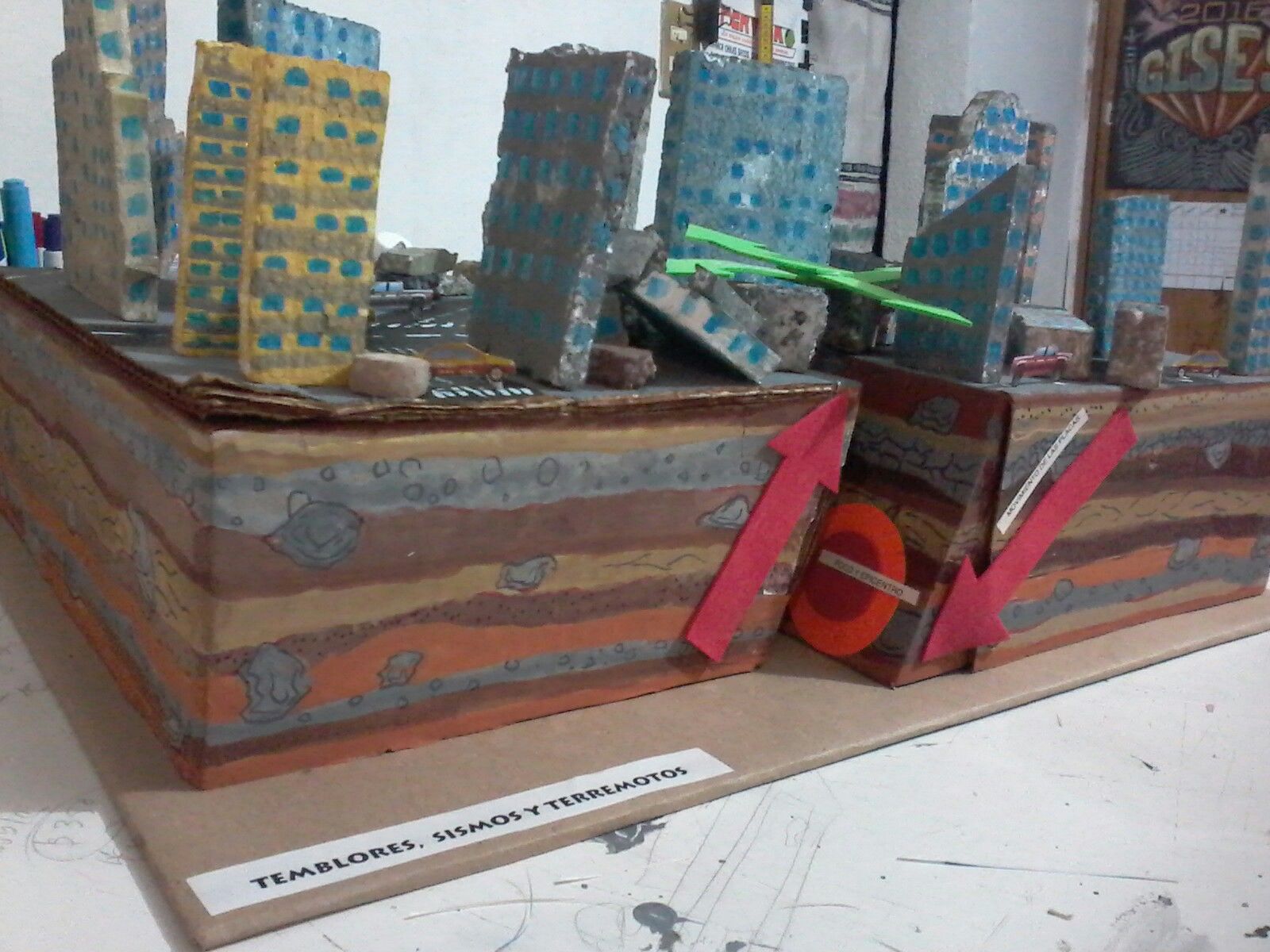
Have your learners curate an earthquake artifacts museum where they can display models, photographs, newspaper clippings, or personal items related to earthquakes. It allows them to explore historical events, cultural perspectives, and the long-term impact of earthquakes on society.
Learn More: Pinterest
14. Earthquake Myth Busters
Promote scientific inquiry and critical analysis skills with a fun investigation. Challenge students to debunk common misconceptions and myths surrounding earthquakes. Provide them with a list of popular beliefs and ask them to investigate and present scientific evidence that supports or refutes each myth.
Learn More: Teachers Pay Teachers
15. Collaborative Earthquake Mapping
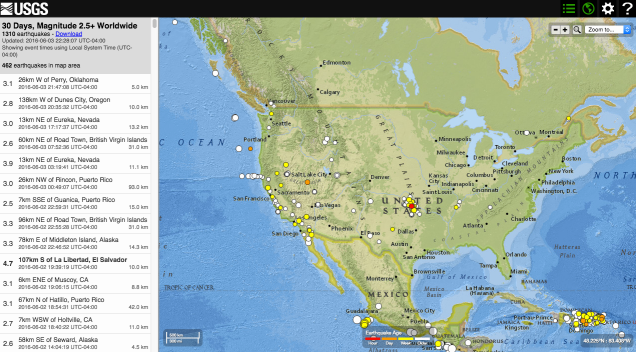
In small groups, assign students different regions that are prone to earthquakes. Using maps and recorded data, they’ll need to identify earthquake epicenters, magnitudes, and other relevant information. Then, they can collaborate to create a comprehensive earthquake map; highlighting the global distribution of seismic activity.
Learn More: Middle School Science
16. Guest Speaker: Earthquake Expert
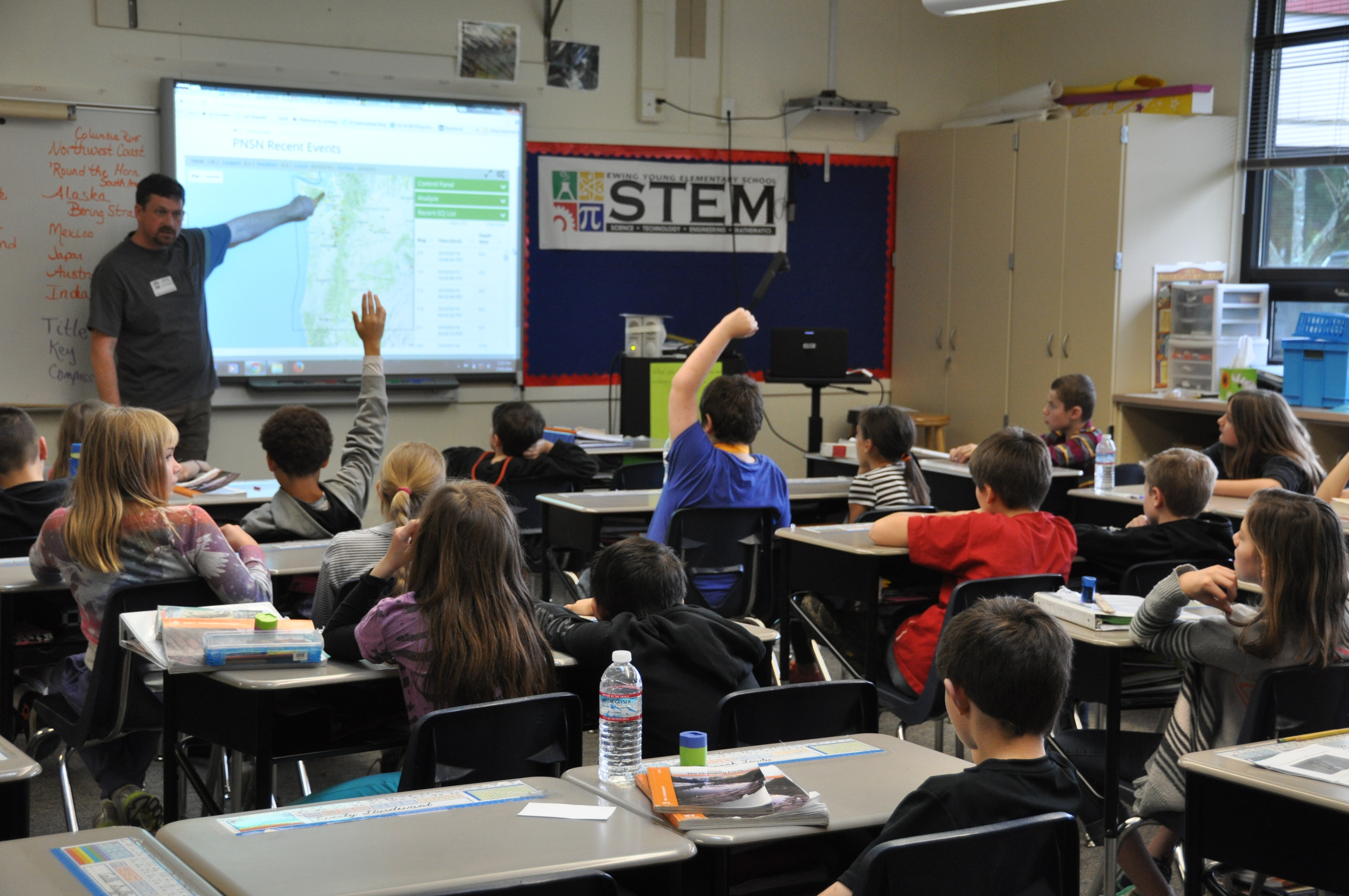
Invite a local seismologist or earthquake expert to speak to your students. They can share their experiences, discuss earthquake science, and answer students’ questions. This provides an opportunity for real-world connections and gives your learners insights into earthquake research and monitoring.
Learn More: U Oregon
17. Earthquake Poetry Slam

Tap into students’ creative side by organizing an earthquake-themed poetry slam. Encourage them to express their thoughts, emotions, and understanding of earthquakes through poetry. This promotes self-expression, language skills, and appreciation for artistic expression.
Learn More: Hello Poetry
18. Virtual Reality Experience
Take advantage of virtual reality (VR) technology and immerse students in a virtual earthquake experience. Utilize VR headsets or online simulations that recreate earthquake scenarios. Students can then witness the impact of seismic events firsthand; enhancing their understanding and empathy.
Learn More: YouTube